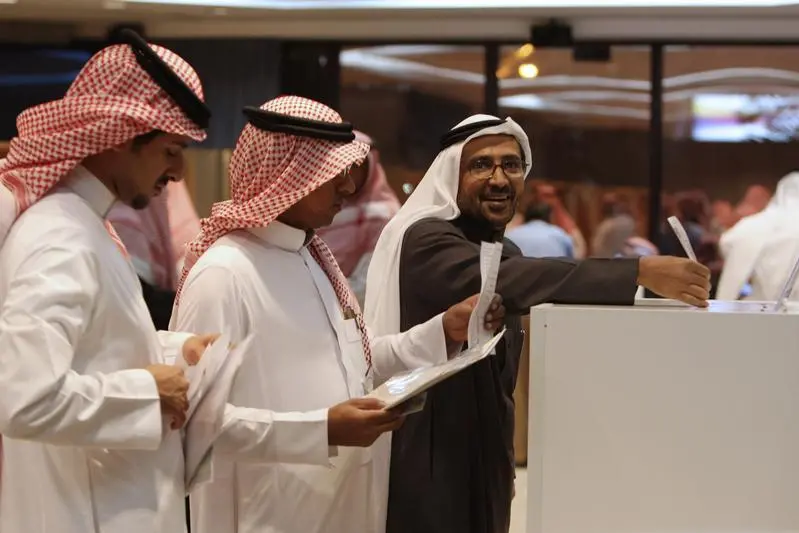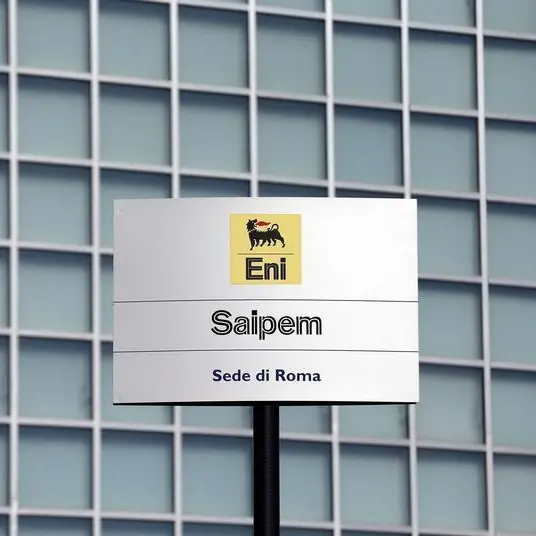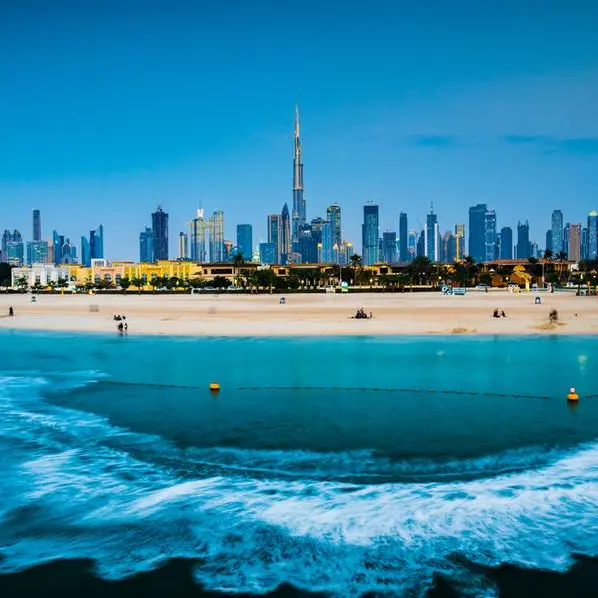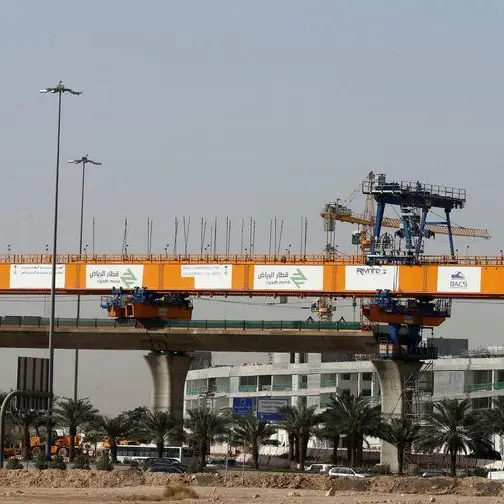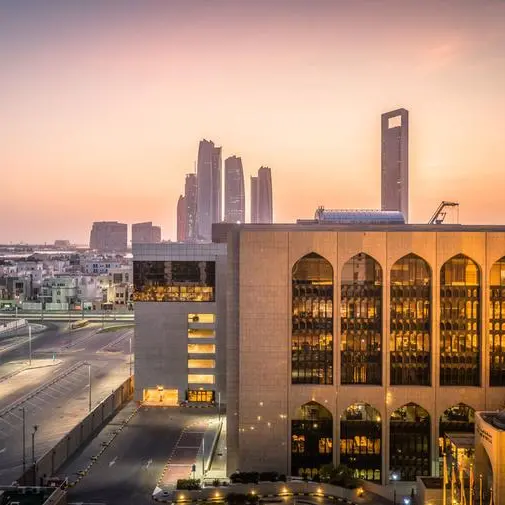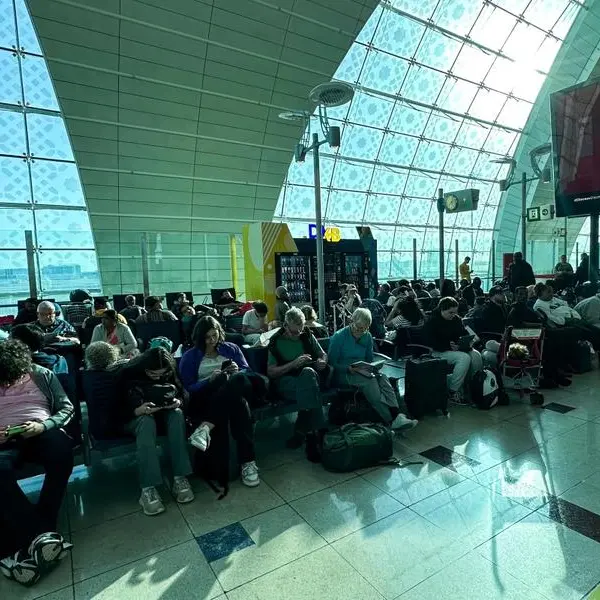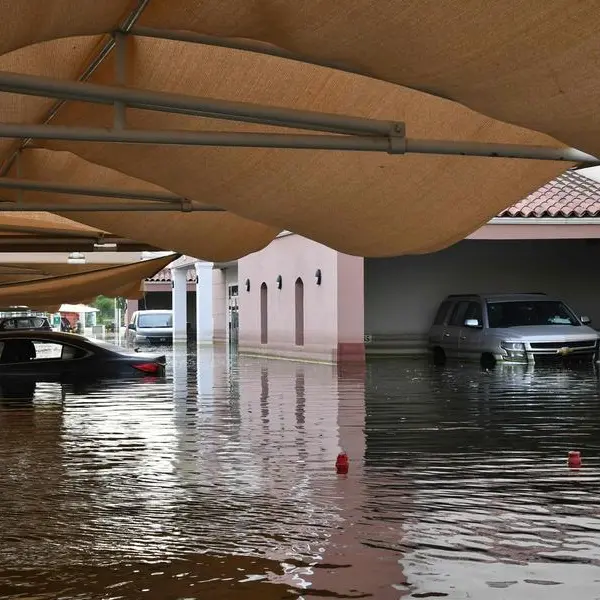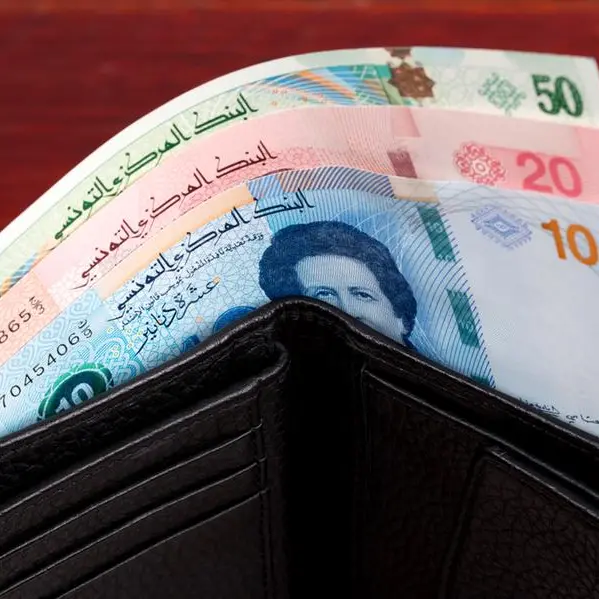PHOTO
Saudi Arabia needs to attract more foreign direct investments to boost its economic growth and meet employment targets, according to experts.
“(Saudi’s) financial outlook, the fiscal balance of payment outlook is good. And I think oil prices of $60 is perfectly fine for Saudi. But clearly, if you are talking about structural transformation and breaking the link between government spending and private sector growth, which since the early seventies has really been the model, then you will need foreign direct investment,” James Reeve, a chief economist at Saudi Arabian bank Samba said at the Institute of International Finance’s MENA Financial Summit on Tuesday.
FDI inflows to Saudi Arabia dropped 81 percent last year to $1.42 billion, falling from $7.45 billion in 2016, according to the World Investment Report issued in June by the United Nations Conference on Trade and Development (UNCTAD).
In April 2016, Saudi Arabia, the world’s top exporter of oil, embarked on an ambitious economic reform plan aimed at diversifying its sources of income to combat a sharp drop in oil prices that began in 2014. The kingdom reported a record budget deficit of $98 billion, or 15 percent of gross domestic product in 2015, but its fiscal position has gradually improved over the past two years. For 2018, the budget forecast was for a deficit of $52 billion, or 7.3 percent of gross domestic product.
Saudi Arabia’s Vision 2030 plan stresses the importance of advancing the country’s non-oil private sector and decreasing the unemployment rate.
“Clearly, oil plays a massive role in the Saudi economy, however, there are signs of progress. I noticed in the last fiscal report of the third quarter that non-oil revenue constituted 30 percent of overall revenue. Four or five years ago, non-oil revenue did not even register,” Reeve added.
Garbis Iradian, a chief economist for the MENA region in the Institute of International Finance (IIF), said the kingdom has financial buffers but needs to improve its employment rate to meet its economic targets.
“They have enough financial buffers in the form of official reserves and (the) sovereign wealth fund, the Public Investment Fund, which is about - combined with the official reserve - 90 percent of GDP. Government debt to GDP is low, yes. So they can borrow from the market to finance the fiscal deficit,” Iradian said, speaking on the same panel.
“However, you are in a situation where national unemployment rate is around 13 percent and one of the objective(s) of Vision 2030 is to bring down the unemployment rate from 13 percent to around 7 percent by 2030. We have seen unemployment rate increasing in the past two years from 12 to 13 percent. So you need sustained rapid growth - more than 3, 4 percent - in order to create enough jobs for the new entrants to the labour force…. You need at least 300,000 new jobs every year and for that you need a higher growth,” he added.
Christof Ruhl, global head of research for the Abu Dhabi Investment Authority, said the kingdom’s economic vision was not a recipe for macro-economic reform.
“When I look at the document Vision 2030 and I don’t know how many people have seriously studied it... I did, it is not a macro-economic reform document,” Ruhl said during the same panel debate.
“When you step back and look at the GCC as a whole and you look at the split in oil GDP and non-oil GDP, you see a steady rise in non-oil GDP which looks very pleasant. Then you overlay that with changes in the oil price and in the long term and in the short term, the non-oil GDP grows when the oil price grows and falls when the oil price falls every single year. This is not a diversified economy... Even with all these reforms and good policies which we have here in the UAE, it takes a very long time to get that established,” he added.
Oil revenues are still essential for the growth in Saudi Arabia and most other Gulf Cooperation Council (GCC) countries, who rely on oil revenues as a main source of income.
Over the past few years, oil prices dropped to lows of $25 a barrel from previous highs of above $100 a barrel. However, prices have stabilised this year in the $70 -$80 range.
“Our latest forecasts is average price of oil Brent for next year is $67… The reason for that is that there is enough supply in the market. The U.S. crude oil production for this year will increase around 1.5 to 1.6 million barrels a day more than last year. And this could continue for the next few years,” Iradian said.
He said that Saudi production has increased in the past five to six months by 700,000 barrels per day.
“That is enough supply and at the same time, you have the global economy slowing down,” Iradian said.
“Production... will be enough to cover the growth in global demand." he added speaking about the long term outlook. "And that is why most forecasters even in the future contracts, it shows that the long term prices of oil will be around $60 by 2022 or even lower in the long term, because you have enough supply coming to the market plus you have the substitution effect, more efficiency in using oil, so the global demand for oil gradually might moderate in the long term,” he added.
Iradian argued that although Saudi public spending remains relatively high, it could be affected if oil prices fell below $60.
"I think if you have low oil prices, Saudi authorities have to readjust back and consolidate the fiscal situation," Iradian said.
He said there are several factors that are hindering the growth of the private sector in the Kingdom.
“First the business climate although it has improved, there is much scoop for further improvement in the business environment, improving the governance, transparency, ease of doing business, extra.... A lot of the foreign direct investment now are in the wait and see mode,” Iradian said.
Samba's Reeve said Saudi’s net foreign assets of $500 billion and debt of less than 20 percent of GDP offer a hopeful economic outlook for the kingdom. He also praised the kingdom on undergoing some regulatory changes, such as the introduction of a new bankruptcy law in August.
For Zawya’s special coverage on Saudi’s transformation plans, click here.
(Reporting by Yasmine Saleh; Editing by Michael Fahy)
Our Standards: The Thomson Reuters Trust Principles
Disclaimer: This article is provided for informational purposes only. The content does not provide tax, legal or investment advice or opinion regarding the suitability, value or profitability of any particular security, portfolio or investment strategy. Read our full disclaimer policy here.
© ZAWYA 2018
